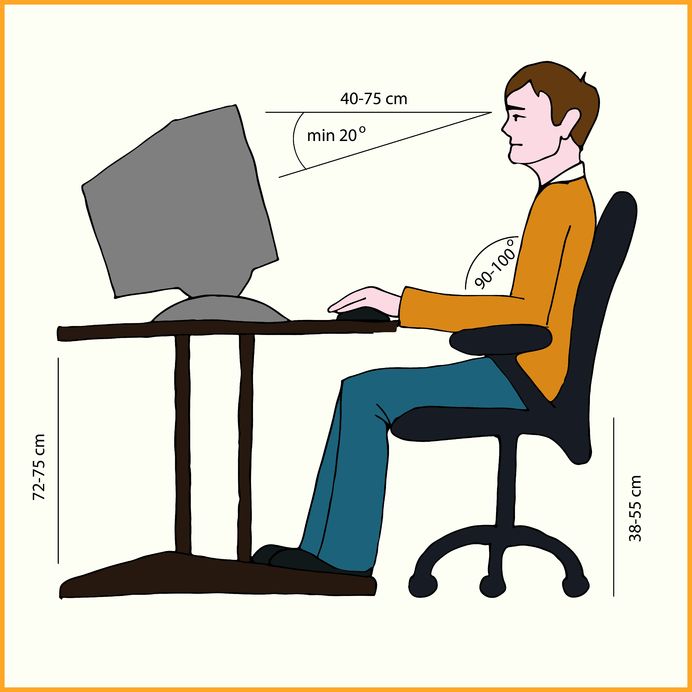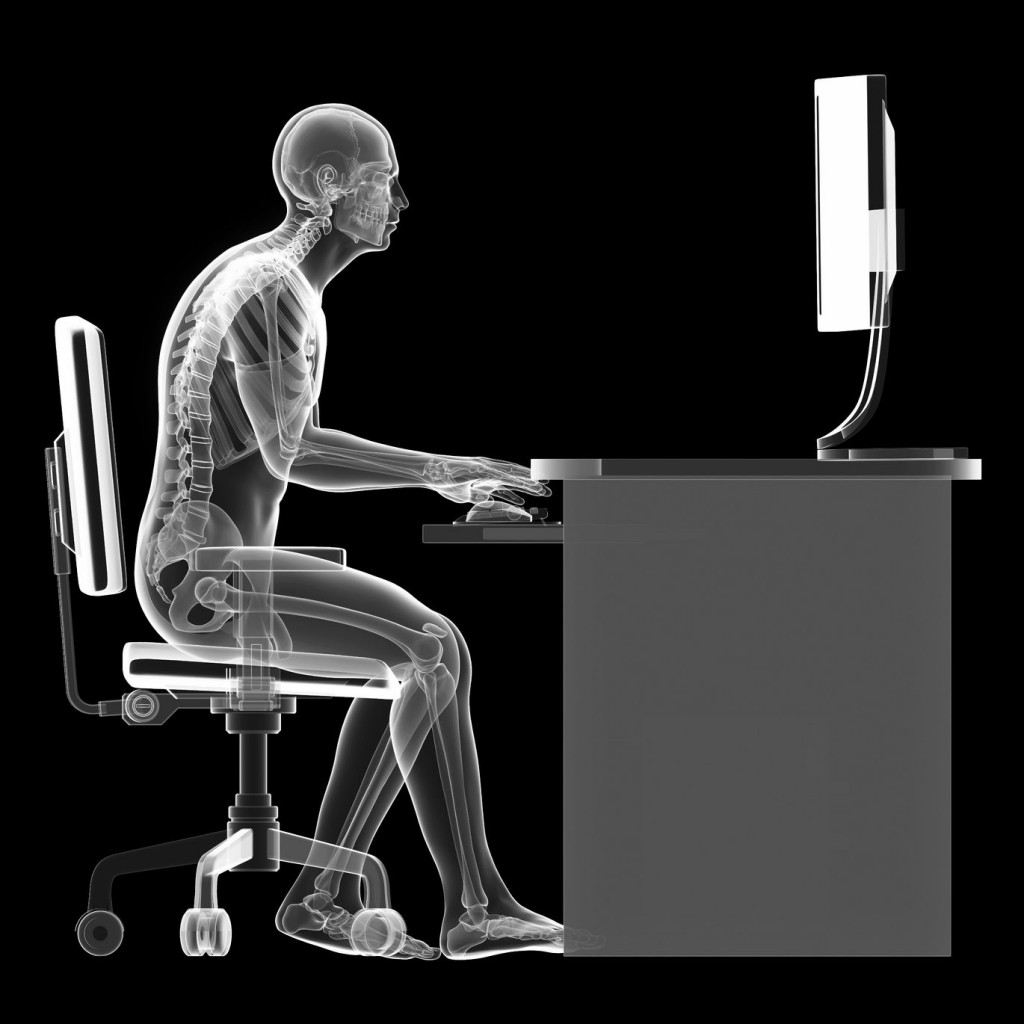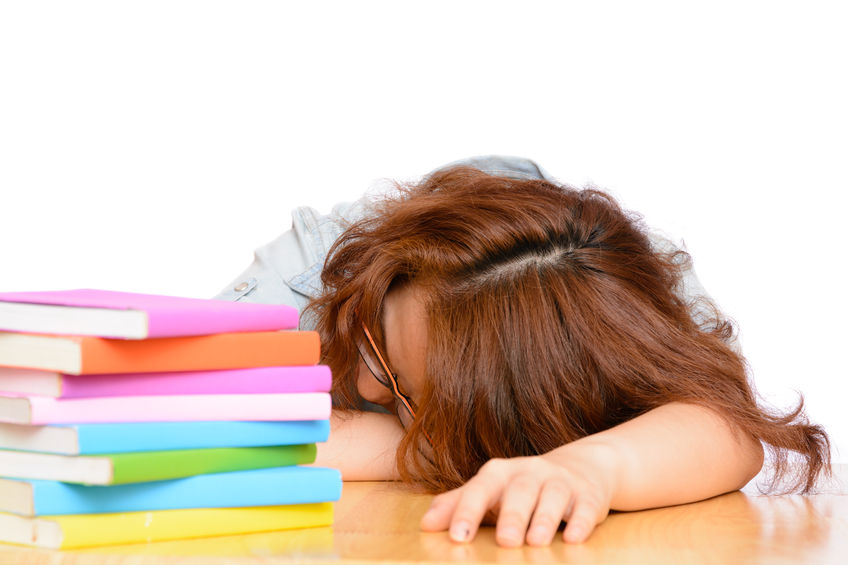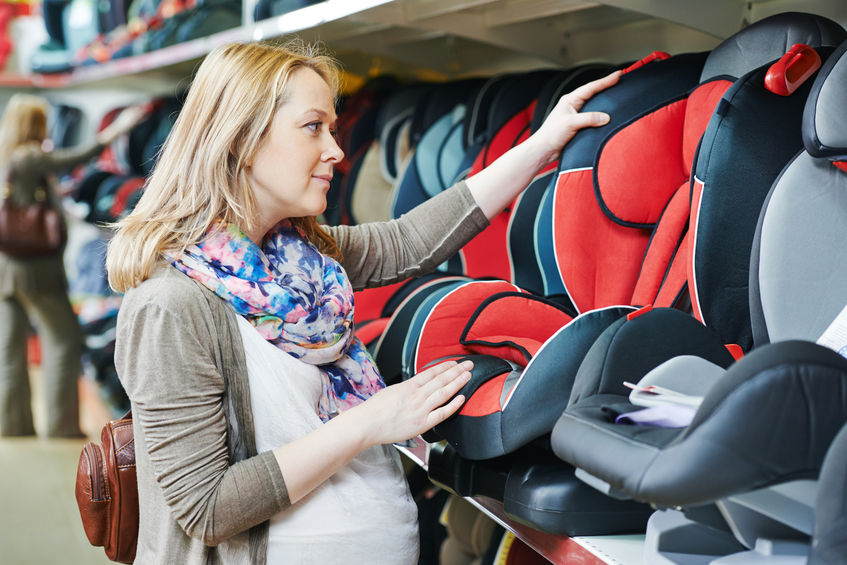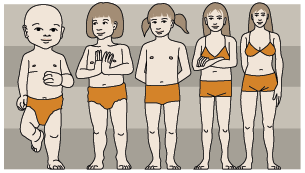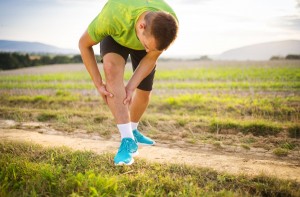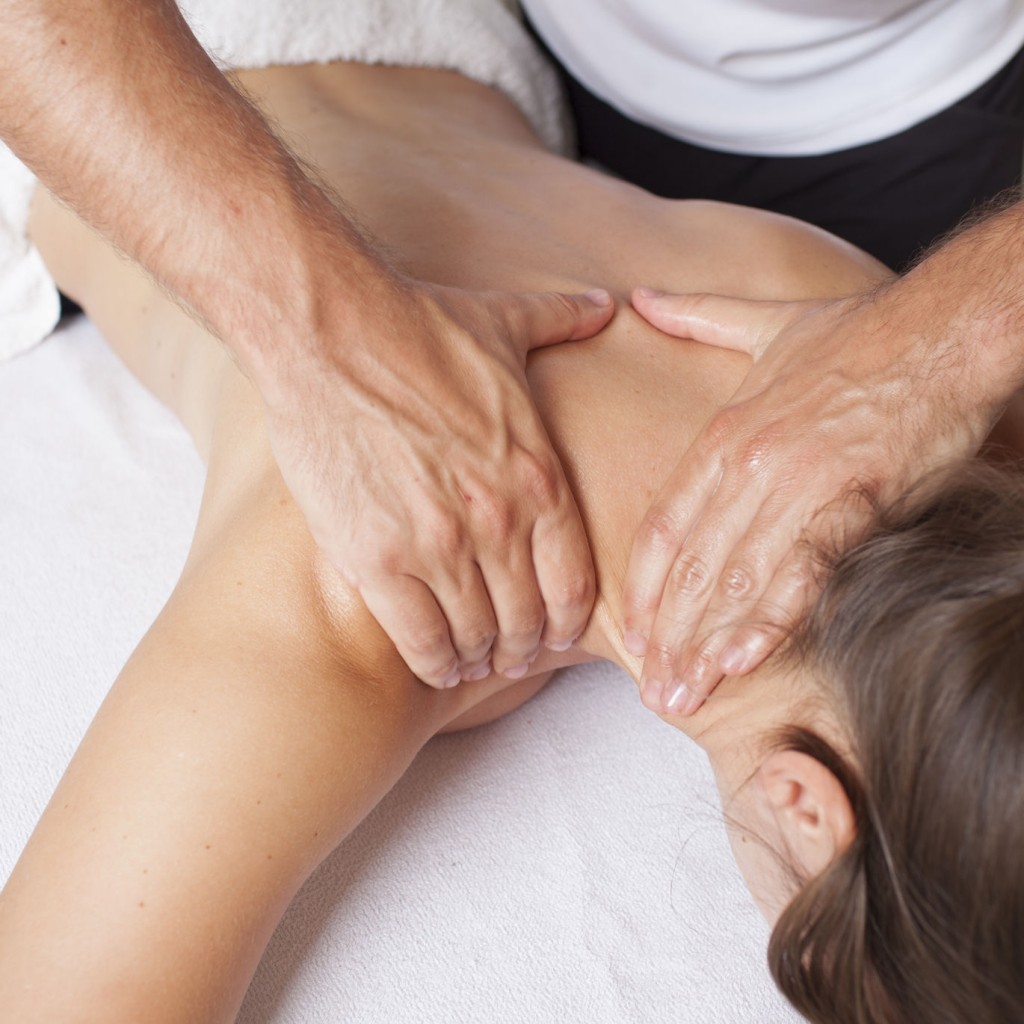Posture pain can be a big distraction. If you have read our article on good posture at work you will have a good idea of what changes occur in our bodies and what can cause pain whilst seated at a desk. Here are some self help tips to help with postural pain:
- Take regular Breaks – get up and move around, take a walk to the water machine. Motion is lotion. Movement can help:
- Break down the build-up of collagen fibers (which add to restriction).
- Improve tissue fluid dynamics nourishing muscles and joints.
- Stimulate muscles helping the muscles maintain strength and minimising muscle atrophy.
- Clear the mind, easing stress and helping you focus.
- Hydrate – good hydration helps our bodies in many ways; aiding digestion, improving tissue fluid dynamics, and can even have an effect on headaches (depending on type). Tips for staying hydrated:
- Water is best. Not all drinks are equal when it comes to hydration. Tea, Coffee, and sugary drinks can actually set back your hydration.
- Exercise at work – if you don’t currently exercise at lunch, or even take a lunch break, START. You don’t need to train for a marathon. This will help improve muscle and joint condition, and ease stress. Try:
- A walk around the block followed by some stretching.
- Getting a group together and have a group stretching session, or if you want a giggle try a lunch time hula-hoop session.
- Download a health app, count daily steps and work in some little exercises.
- Get a massage – Massage helps ease stress, improve tissue dynamics, and feels pretty good too. Try speaking to HR or Personnel see if they can arrange a desk massage.
- No Slouching – Whilst an ergonomic work station will help, we still need to focus on how well we hold our posture. If you know you slouch:
- Get an app or screen saver that will regularly remind you to adjust your seating posture.
- Ask a colleague to point out every time they catch you slouching, if this seems like a lot to ask start a slouch jar. Put in some money each time your caught slouching at the end of the week you can use it as a prize for the one who got caught the least or use it to treat yourselves to lunch.
- Visit your Osteopath – if you are struggling with postural pain. A visit to an Osteopath could be just what you need to get your joints and muscles working smoothly again. Your Osteopath will examine your posture and joint range of motion, give you good advice, and treat your problem.
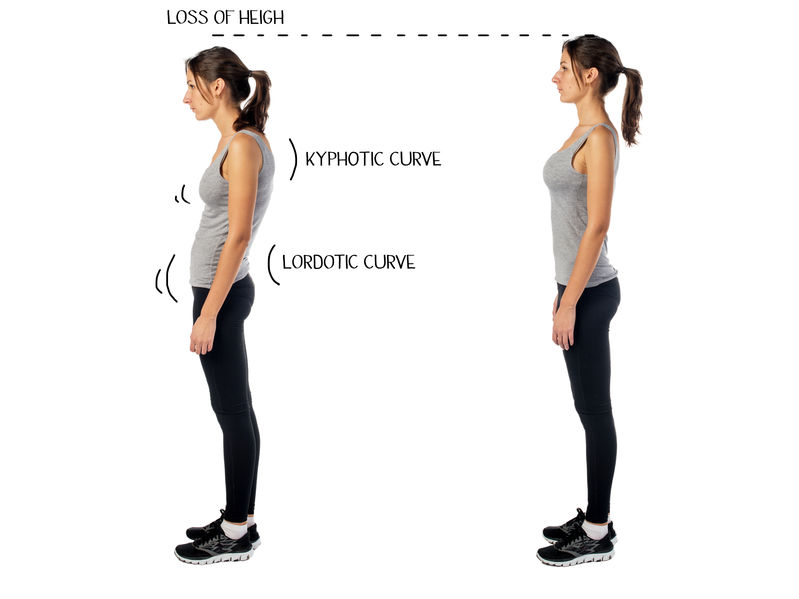
If you are interested in Ergonomics and would like to find detailed information on ergonomic advice please visit ergonomics.org for great resources related to ergonomics and Alexander Technique.
